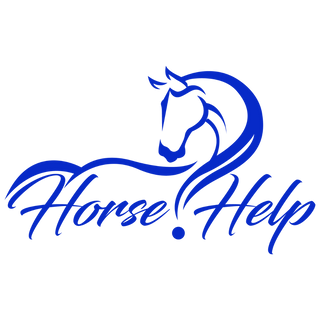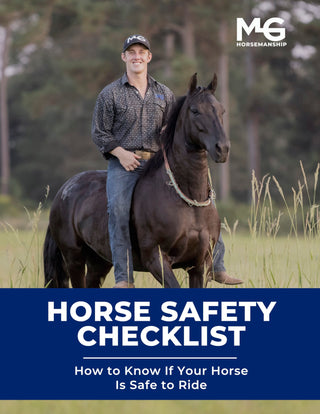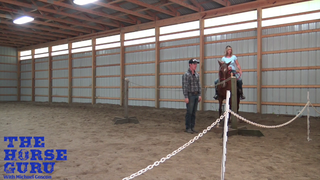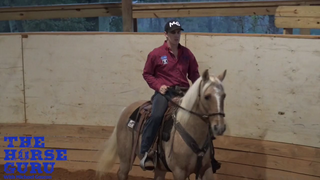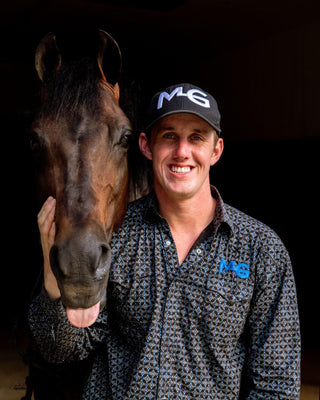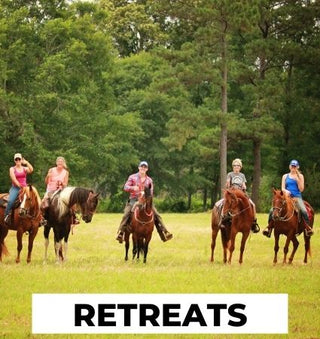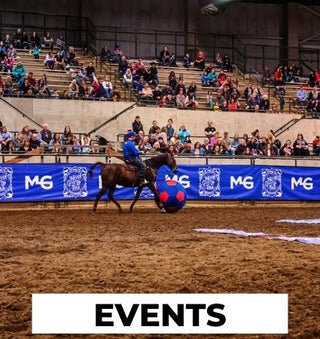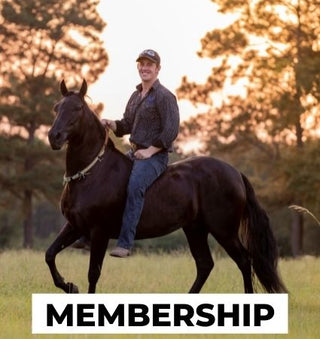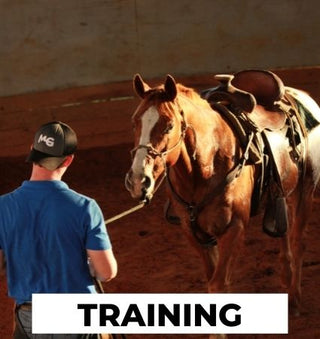Watch the Video Here or continue reading below!
When working with young or reactive horses, shoulder control is essential. In this 10th-grade horsemanship lesson, Michael Gascon, "The Horse Guru," walks us through the do’s and don’ts of disengaging the shoulders from the ground—a foundational exercise that leads to lateral movement, better body control, and a safer riding experience.
Using a strong but respectful approach, Michael demonstrates with Gypsy, a freshly gelded 3-year-old who arrived with a reputation for bucking off riders and saddles alike. The transformation begins with groundwork.
The Three Key Body Parts You Must Control
Before you can disengage the shoulders, you must gain control over three critical areas of your horse’s body:
-
The head – to guide and refocus
-
The hindquarters – for drive and direction
-
The shoulders – for steering and lateral movement
This session focuses on step three: gaining control of the shoulders.
The Power of the Circle
“Your most valuable thing in horsemanship is the circle.” – Michael Gascon
Before shoulder control can happen, your horse needs to respect the circle. Start by sending the horse out on a lunge circle. Stand directly in front, with only about a foot of slack in the lead rope, and ensure the horse’s hindquarters don’t drift in dangerously close.
If your horse is pushy or disrespectful, use your lead hand to point and your push hand to swing the rope toward the shoulder. If the horse fails to respond, swing vertically and overhanded to pop the shoulder until they move away.
This foundational circle work teaches:
-
Respect of space
-
Responsiveness to cues
-
Engagement with the handler’s body language
Shoulder Yields: The First Step Toward Diagonal and Lateral Work
Once your horse is confidently circling and looking at you, you’re ready to initiate the shoulder yield. Here’s how:
-
Establish forward motion – Keep the horse walking with energy.
-
Keep the bend – A slight flexion in the neck is essential.
-
Walk toward the point of the shoulder – Use body pressure to drive it away.
-
Apply pressure if needed – If there’s no response, pop the shoulder with your push hand.
-
Release upon movement – As soon as the shoulder yields, stop the pressure.
This forward-driving shoulder disengagement is not a side pass. It requires forward motion and crossing over of the front legs, making it a true shoulder yield or leg yield, depending on your discipline.
Do’s and Don’ts for Effective Shoulder Control
✅ Do’s:
-
Do keep the forward motion alive
Forward movement is key to preventing resistance or bucking. -
Do maintain a consistent bend
This allows the shoulders to disengage properly. -
Do release pressure immediately when the horse responds
Timing your release builds understanding. -
Do use the popper with purpose
Swing vertically and overhanded to create momentum and clarity.
❌ Don’ts:
-
Don’t over-flex the head
Overbending shuts down forward movement. -
Don’t neglect groundwork before attempting shoulder work
The horse must respect your space and cues first. -
Don’t ignore resistance or attempts to buck
These are moments to reinforce boundaries and respect.
Building Respect Through Consistent Practice
Gypsy, the bucking horse in this lesson, showed early resistance and attitude. But through patient and consistent groundwork, including shoulder disengagement, he began to yield and soften. Michael emphasizes the importance of halter respect and timely corrections—especially with reactive horses.
Shoulder control becomes even more advanced when the horse can change directions while crossing over with the front end. This kind of responsiveness leads into higher-level lateral maneuvers under saddle.
Final Thoughts: Set the Foundation Right
Shoulder disengagement is not just a trick—it’s a critical part of teaching your horse to yield, respect, and respond. Whether you call it a shoulder yield, a leg yield, or lateral groundwork, the principle is the same: control the shoulders to unlock full-body communication.
By maintaining forward motion, keeping the bend, and using purposeful cues, you can start to gain shoulder control and eliminate problem behaviors like bucking and pushiness.
